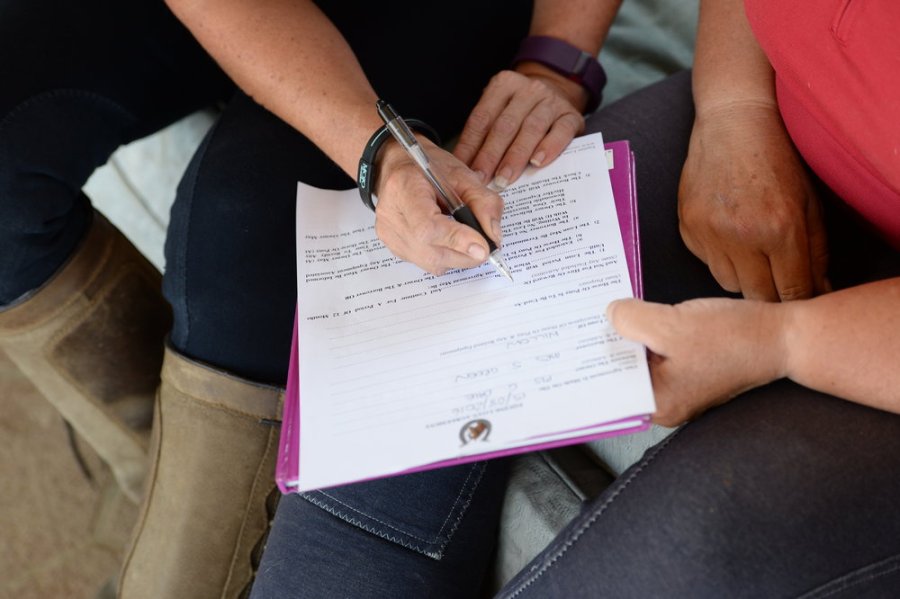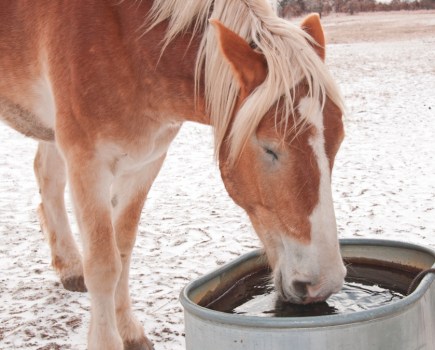Stumping up several thousands of pounds isn’t the only way to join the wonderful world of horse ownership. Loaning comes without the upfront purchase costs, but all the benefits are the same.
The loan agreement should set out exactly what is expected of the horse’s owner and the loanee. Make sure it is clearly dated and signed by all parties and includes:
1. The horse or pony’s name, height, colour, sex, microchip number and age, so that the subject of the loan is clear.
2. The owner and loanee’s contact details, together with confirmation that if these change the parties will let each other know.
3. A simple statement that the owner is the legal owner of the horse and has the right to allow the horse to go out on loan.
4. Details of where the horse is going to be kept. The contract should state that the owner will be notified in advance before the horse is moved and has the authority to vet the new yard.
5. Is the person loaning the horse going to pay the owner for the loan? If so, how much, and when and how will this be paid?
6. How long is the loan going to be for and what happens when the loan term ends?
7. A notice period (e.g. four weeks) for returning the horse if either party’s circumstances change.
8. What can be done with the horse? Specify any disciplines the horse shouldn’t be used for.
9. Who will pay for what – and, if the horse is to be insured (this should be stated in the contract), who will pay the excess?
10. Specify what should happen if the horse needs to be put to sleep. Who will make this decision? How quickly will the loanee need to notify the owner and, if they can’t get hold of the owner, can the loanee authorise this?
Ultimately neither party should be afraid of asking questions. It is much better to find out where you stand at the start of the relationship.
Don’t miss the latest issue of Your Horse Magazine, jam-packed with training and veterinary advice, horse-care tips and the latest equestrian products available on shop shelves, on sale now. Find out what’s in the latest issue here









